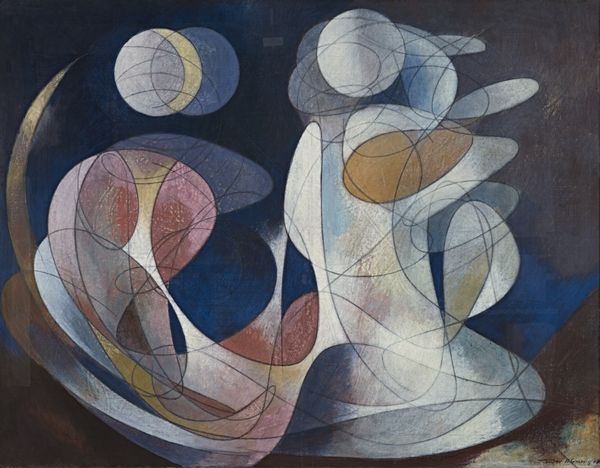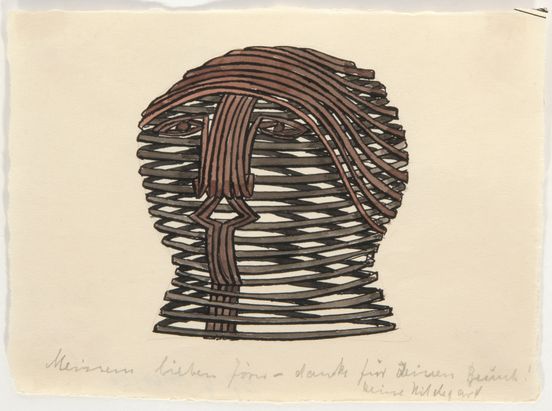The travelling exhibition “Degenerate Art”, which came to Berlin in 1938, attacked all modern art as a carbuncle of the “decadent” Weimar Republic. Meanwhile, shows like the “Great German Art Exhibition” illustrated the kind of art favoured and enforced by the regime – “Aryan” works in the service of a lethal racial ideology.
Very few actively resisted. One who did was the sculptor Hans Uhlmann, who took part in political activities to oppose the National Socialists. He was arrested in 1933 and spent two years in prison. There he drew designs for sculptures to make after his release – secretly and in complete isolation, like his friend Jeanne Mammen, who also hid her work in secret. Her paintings from the Nazi years were influenced by Pablo Picasso and the avant-garde art now ostracised as “degenerate”. Like Hannah Höch’s watercolours and paintings from the period, they are moving testimonies to a life of isolation. Despite the risks, these artists preserved some kind of artistic existence and found ways to express the horrors of the dictatorship and the Second World War.

Theodor Werner, Pierrot Iunaire, 1944
© unknown